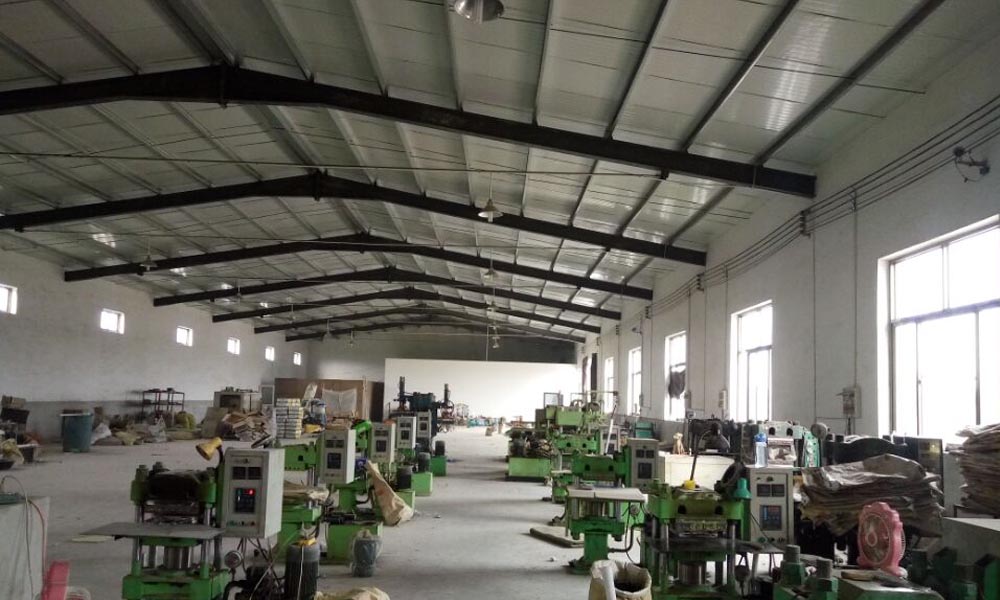The Importance of Floor Safety Strips for Home and Workplace Safety
In both residential and commercial settings, safety is paramount. One often overlooked yet significant element in enhancing safety is the use of floor safety strips. These strips are designed to provide traction and visibility, serving to minimize the risk of slips, trips, and falls—incidents that can lead to severe injuries, costly medical bills, and even legal liabilities.
Understanding Floor Safety Strips
Floor safety strips are adhesive-backed materials that can be applied to various surfaces, including tiles, concrete, wood, and carpet. Available in a variety of colors, patterns, and textures, these strips are not only functional but can also complement the aesthetic of a space. Typically made from materials such as vinyl, rubber, or anti-slip grit, these strips are engineered to withstand heavy foot traffic and environmental wear.
Benefits of Using Floor Safety Strips
1. Enhanced Traction The primary function of floor safety strips is to provide better grip on potentially slippery surfaces. In areas prone to moisture, such as kitchens, bathrooms, or entranceways, applying safety strips can significantly reduce the risk of slipping. This is particularly important in workplaces where employees may be moving quickly or carrying heavy loads.
2. Increased Visibility Many safety strips are designed with bright colors or reflective elements that improve visibility. This is especially beneficial in dimly lit areas or places where there are abrupt changes in floor levels. By drawing attention to potential hazards, floor safety strips help ensure that individuals are aware of their surroundings, thus preventing accidents.
floor safety strips

3. Cost-Effective Solution Installing floor safety strips is a relatively low-cost safety measure compared to the potential costs associated with an accident. Businesses can save money in the long run by preventing workplace injuries, and homeowners can avoid the financial and emotional burdens that come with accidents in their homes.
4. Ease of Installation Floor safety strips can be easily installed by anyone, requiring minimal tools and skills. Most strips come with a peel-and-stick backing, allowing them to be applied directly to clean, dry surfaces. This means that property owners can quickly enhance safety without needing professional assistance or lengthy downtime.
5. Compliance with Safety Standards Many workplaces are required to adhere to safety regulations that dictate the need for anti-slip surfaces. By installing floor safety strips, businesses can stay compliant with these regulations, thereby avoiding penalties and promoting a culture of safety.
Choosing the Right Floor Safety Strips
When selecting floor safety strips, consider the following factors
- Surface Compatibility Ensure that the strips are suitable for the type of flooring you have—be it wood, tile, concrete, or carpet. - Traffic Level Choose strips designed for heavy traffic if the area experiences significant footfall. - Weather Resistance For outdoor applications, select strips that are durable and resistant to UV light, moisture, and extreme temperatures. - Aesthetic Preferences Look for options that match or complement your existing decor to maintain the visual appeal.
In conclusion, floor safety strips are a vital addition to any home or workplace focused on safety. By enhancing traction, improving visibility, and offering a cost-effective solution to prevent accidents, these strips play a significant role in creating safer environments. Whether applied in a bustling office, a serene home, or a public space, the importance of floor safety strips cannot be overstated. Investing in safety measures today can lead to a healthier, more secure tomorrow.
-
XIANGFAN Rubber Tape-Ultimate Solutions for All Your Insulation NeedsNewsJun.24,2025
-
XIANGFAN Rubber Tape-Protection for Industrial and Residential ApplicationsNewsJun.24,2025
-
XIANGFAN Rubber Tape: Superior Safety and Sealing for Demanding EnvironmentsNewsJun.24,2025
-
XIANGFAN Rubber Tape: Reliable Solutions for Every Electrical ChallengeNewsJun.24,2025
-
XIANGFAN Electrical & Industrial Tape: Powering Reliability Across IndustriesNewsJun.24,2025
-
XIANGFAN Electrical & Industrial Tape: Excellence in Every ApplicationNewsJun.24,2025
